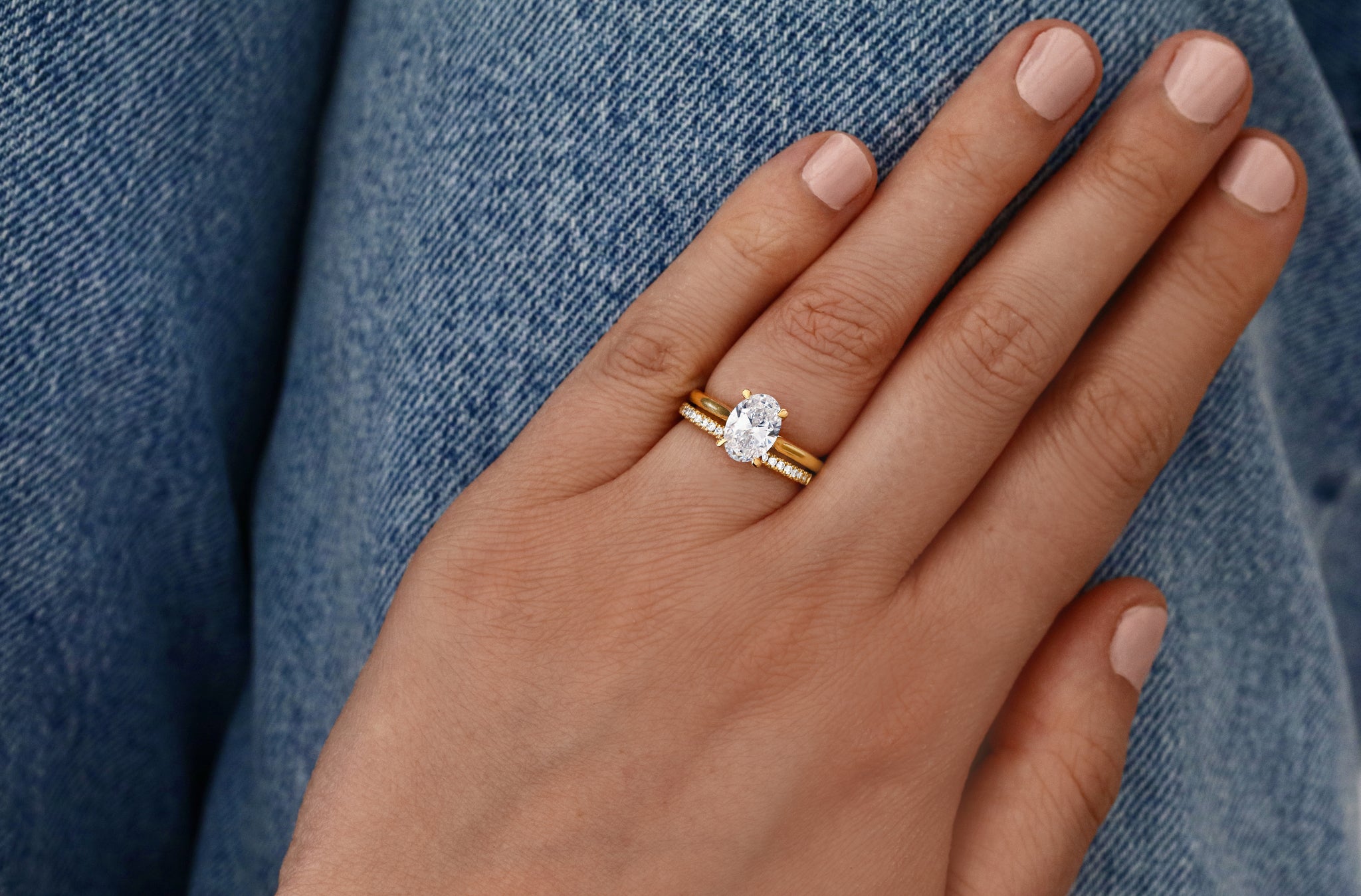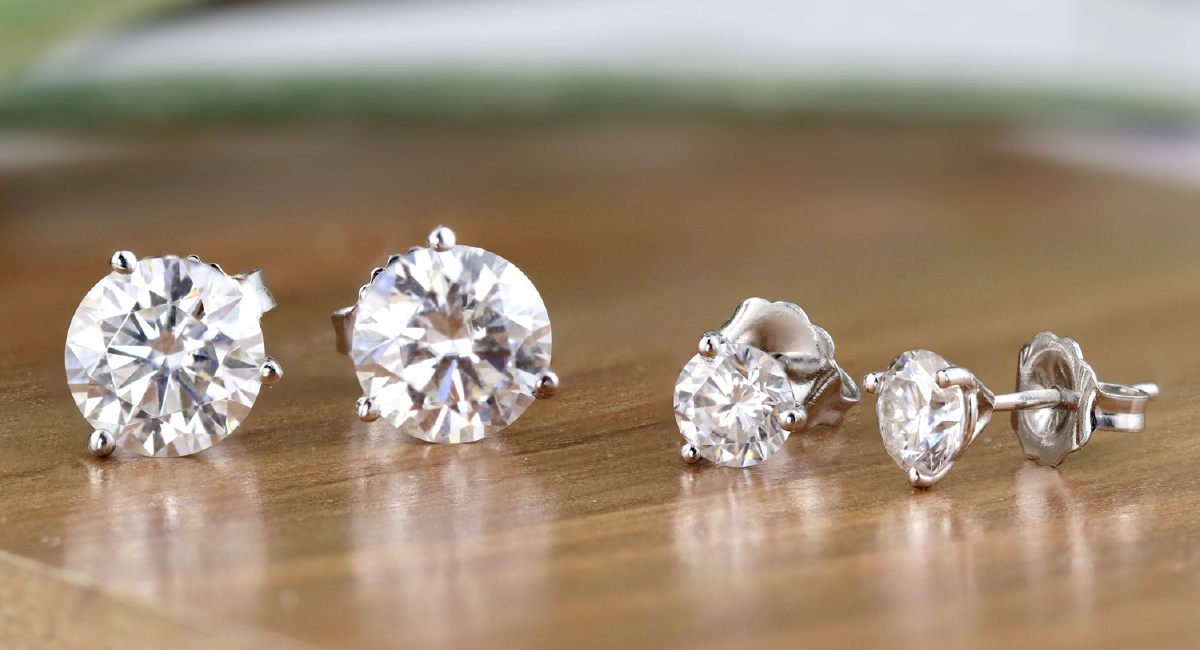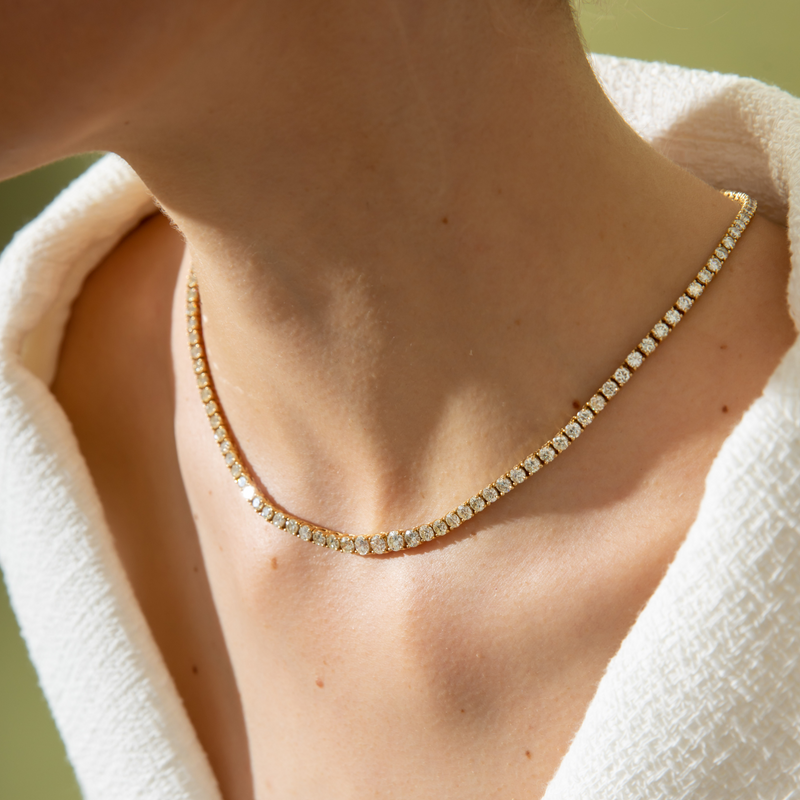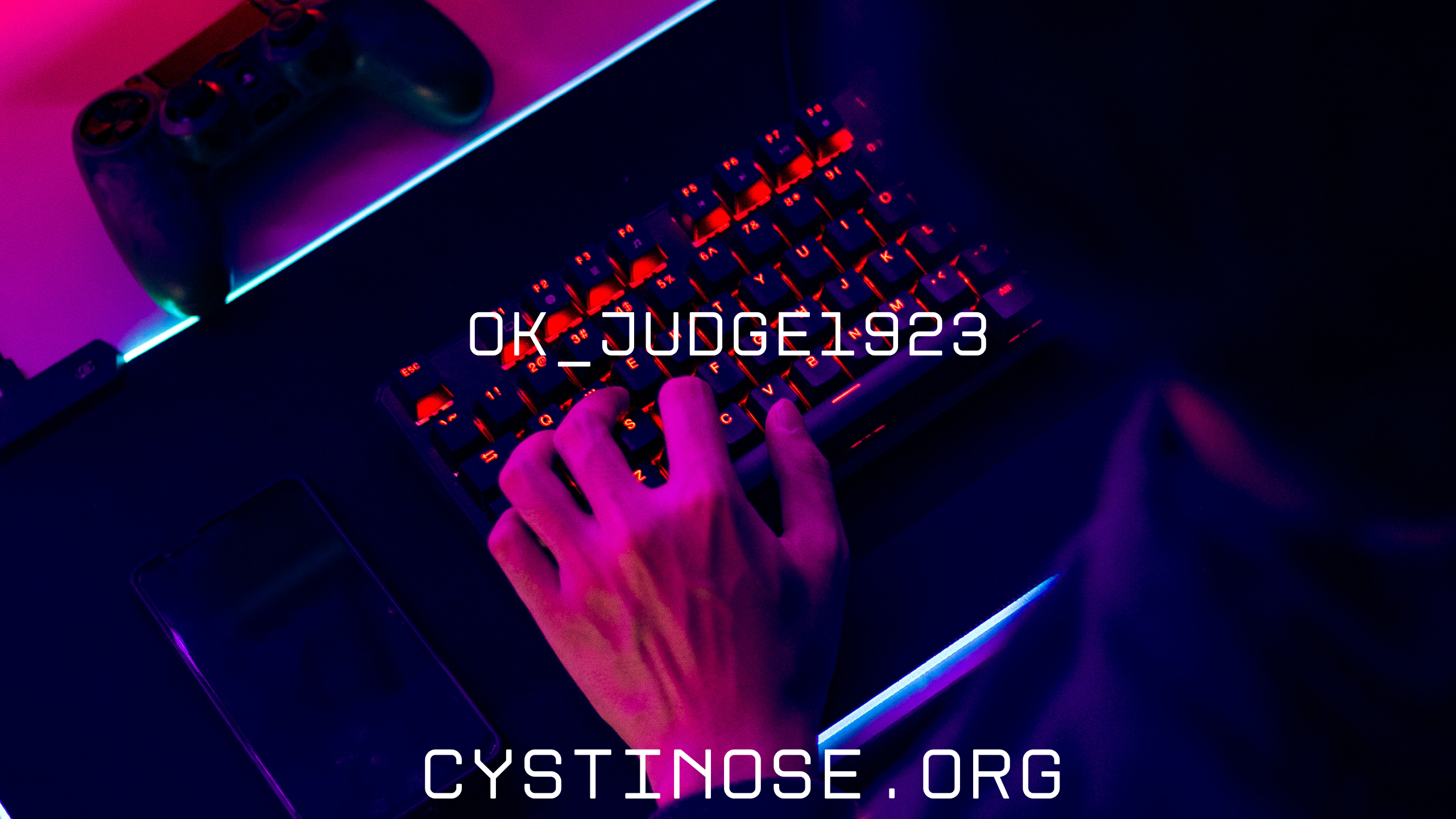When it comes to purchasing a diamond, whether for an engagement ring, a special gift, or an investment, understanding the factors that determine its value is crucial. The diamond 4 C chart serves as a universal guide for evaluating diamonds based on four key characteristics: Cut, Color, Clarity, and Carat Weight. These attributes provide a standardized way to assess the quality of a diamond and help buyers make informed decisions. In recent years, the rise of lab diamonds has added another layer of complexity to diamond shopping, offering consumers an alternative to natural diamonds with their own unique advantages.
Table of Contents
The Importance of the Diamond 4 C Chart
The diamond 4 C chart is more than just a grading system; it’s a tool that empowers buyers to compare diamonds objectively. Each “C” plays a vital role in determining a diamond’s overall appearance and value, and understanding these factors can make the difference between choosing a stunning gemstone and one that falls short of expectations.
Cut: The Sparkle Factor
Cut is often considered the most important of the 4 Cs because it directly impacts a diamond’s brilliance. A well-cut diamond reflects light beautifully, creating that mesmerizing sparkle that captivates the eye. The cut grade evaluates how well a diamond’s facets interact with light, taking into account proportions, symmetry, and polish. Poorly cut diamonds may appear dull, even if they score high in other categories. This is why prioritizing cut quality is essential when selecting a diamond.
Color: The Purity of Whiteness
While many people envision diamonds as completely colorless, most natural diamonds have subtle hints of yellow or brown. The diamond 4 C chart measures color on a scale from D (completely colorless) to Z (light yellow or brown). Colorless diamonds are rarer and more valuable, but some buyers prefer the warmth of slightly tinted stones. It’s important to note that the difference between adjacent grades is often imperceptible to the untrained eye, making it possible to balance budget and preference effectively.
Clarity: The Beauty Within
Clarity refers to the presence of internal or external flaws, known as inclusions and blemishes, respectively. Most diamonds have some degree of imperfections, but the key is how visible they are to the naked eye. The diamond 4 C chart ranks clarity from Flawless (no inclusions or blemishes visible under 10x magnification) to Included (imperfections visible without magnification). While flawless diamonds are rare and expensive, many buyers find that slightly included diamonds offer excellent value without compromising beauty.
Carat Weight: Size Matters, But Not Alone
Carat weight measures a diamond’s size, with one carat equaling 200 milligrams. Larger diamonds are naturally rarer and more valuable, but carat weight should not be the sole determinant of a diamond’s worth. A smaller diamond with superior cut, color, and clarity can outshine a larger stone with poor grades in those categories. Balancing carat weight with the other Cs ensures you get the best diamond for your budget.
The Rise of Lab Diamonds
In recent years, lab diamonds have gained significant attention in the jewelry industry. These man-made gems are created in controlled environments using advanced technology that mimics the natural diamond-growing process. While they share the same chemical composition and physical properties as natural diamonds, lab diamonds offer distinct advantages that appeal to modern consumers.
One of the primary benefits of lab diamonds is their ethical and environmental appeal. Unlike mined diamonds, which often raise concerns about labor practices and environmental impact, lab diamonds are produced with minimal ecological disruption. For socially conscious buyers, this makes them an attractive option. Additionally, lab diamonds are typically more affordable than their natural counterparts, allowing consumers to purchase higher-quality stones within the same budget.
Despite these advantages, some traditionalists argue that lab diamonds lack the romance and rarity associated with natural diamonds. However, as technology advances and consumer preferences evolve, lab diamonds are becoming increasingly popular, especially among younger generations who prioritize sustainability and value.
Comparing Natural and Lab Diamonds
When considering a diamond purchase, it’s important to weigh the differences between natural and lab diamonds. Both types are evaluated using the diamond 4 C chart, ensuring consistency in grading standards. However, there are key distinctions beyond the grading system that buyers should consider.
Natural diamonds are formed deep within the Earth over billions of years, making them a product of nature’s artistry. Their rarity and the effort required to mine them contribute to their allure and price. On the other hand, lab diamonds are created in weeks or months, offering a more accessible and sustainable alternative. While both types are visually indistinguishable to the naked eye, some buyers appreciate the story behind natural diamonds, while others value the innovation behind lab diamonds.
Another factor to consider is resale value. Natural diamonds have historically held their value better than lab diamonds, which are relatively new to the market. However, as lab diamonds become more mainstream, their long-term value proposition may improve. For buyers focused on immediate affordability and ethical considerations, lab diamonds remain an excellent choice.
Tips for Choosing the Perfect Diamond
Whether you’re drawn to natural diamonds or intrigued by the possibilities of lab diamonds, the diamond 4 C chart provides a solid foundation for making an informed decision. Start by setting a budget and prioritizing the Cs that matter most to you. For example, if brilliance is your top priority, focus on cut quality. If size is more important, allocate more of your budget to carat weight.
It’s also wise to view diamonds in person or through high-quality images before making a purchase. Subtle differences in color and clarity can significantly impact a diamond’s appearance, and seeing the stone firsthand ensures it meets your expectations. If you’re considering lab diamonds, take the time to research reputable sellers who provide certifications and transparency about their production processes.
Finally, trust your instincts. While the diamond 4 C chart offers objective guidance, personal preference ultimately determines what makes a diamond perfect for you. Whether you choose a dazzling natural diamond or opt for the innovative appeal of lab diamonds, the right stone will reflect your unique style and values.
Conclusion
The diamond 4 C chart remains an indispensable resource for anyone navigating the world of diamonds. By understanding the interplay of Cut, Color, Clarity, and Carat Weight, buyers can confidently select a diamond that aligns with their preferences and budget. As the popularity of lab diamonds continues to grow, consumers have more choices than ever before, each with its own set of benefits. Whether you’re captivated by the timeless allure of natural diamonds or the modern appeal of lab diamonds, the key is to choose a stone that resonates with you personally. Armed with knowledge and guided by the diamond 4 C chart, you’re well-equipped to find the perfect diamond for any occasion.







